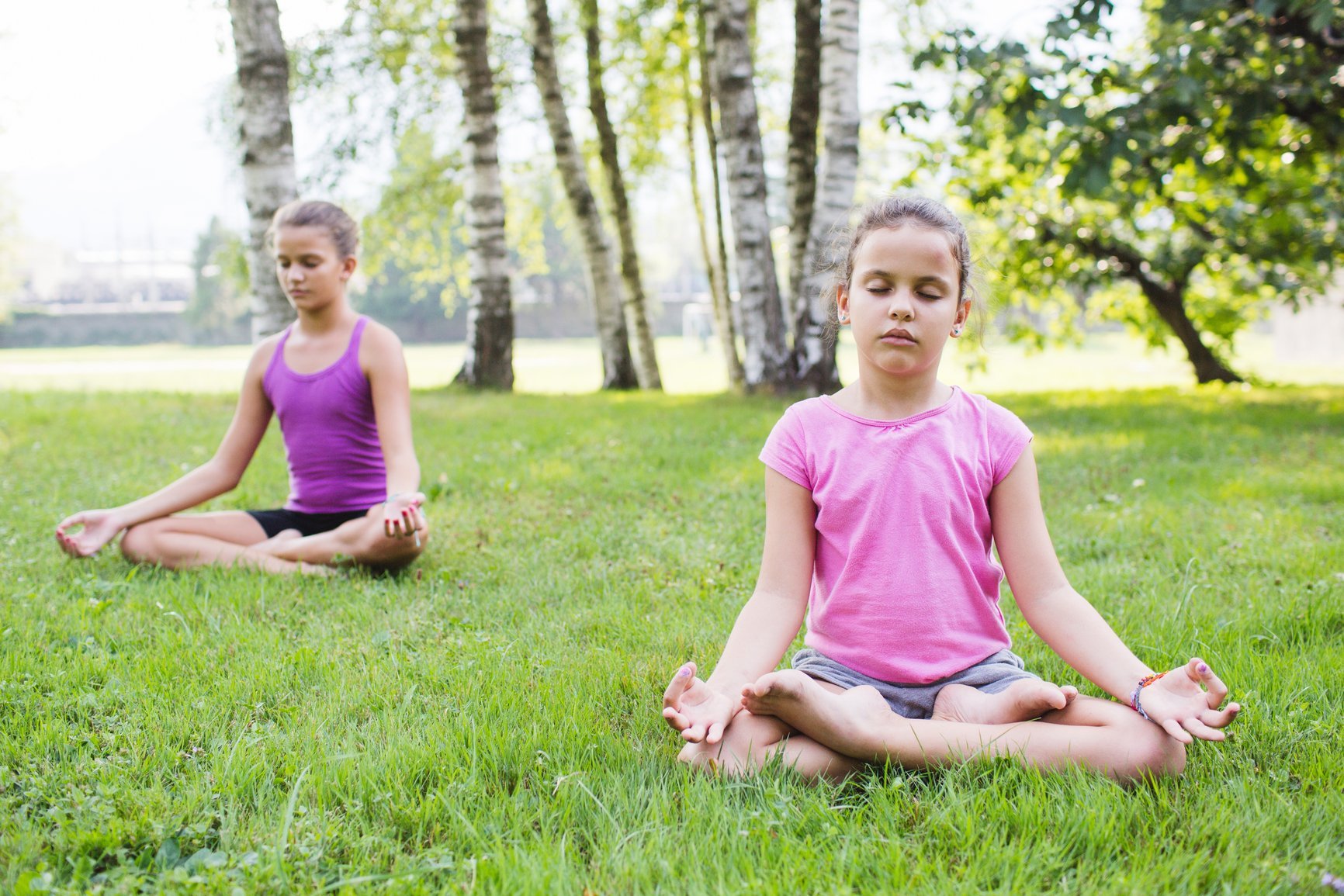Everyone is stressed, teens and adults alike. When combined under one roof, such as a school, the problem is exacerbated, and everyone feels the impact. A recent study published in the journal Social Science and Medicine suggests that teacher burnout is directly associated with increased stress levels in students, which affects performance and quality of life in schools for all. Your kids deserve better, and so do their teachers.
Nearly 20 percent of new teachers in the U.S. leave their profession within the first five years, claims a 2015 federal report from The Institute for Education Sciences. Nearly 1 in 2 teachers state that the anxiety and disappointment felt at work is not worth the effort. The trickle-down effect is clear and supported: A 2014 Gallup poll called State of American Schools found that teachers are just as stressed as nurses. Penn State University researchers also confirmed that teacher retention is problematic and, as a result, student academic performance and social adjustment suffer.
The time has never been better for holistic lifestyle interventions. Many organizations, such as Bent On Learning, Holistic Life Foundation, Learning to Breathe, Mind Up, and Pure Edge, Inc. are already introducing mindfulness, yoga and meditation to teachers, administrators and students who desperately need the tools to improve their well-being.
“The health crisis in schools is profound. We’ve got stress, burnout, obesity, and this leads to mental and physical problems,” says Chi Kim, chief strategy officer of Pure Edge, Inc., an East Coast-based nonprofit founded in 2011 to offer wellness programs in schools and communities.
At a pop-up yoga conference in New York City last spring, researchers and long-term yoga and mindfulness practitioners further discussed the emerging relationship between wellness and healthcare. Among the attending experts were yoga researcher Sat Bir Khalsa, PhD, and Ashtanga yogi Eddie Stern, who was one of the principle writers behind Pure Edge’s curriculum. One of the most important topics reiterated throughout the event was the necessity to bring wellness to schools.
“Humans have a great capacity for self-regulation,” says Khalsa, assistant professor of medicine at Harvard Medical School at Brigham and Women’s Hospital, and research director for Kripalu Center for Yoga & Health in Massachusetts. “A healthy lifestyle can regulate gene activity at a cellular and molecular level. As yoga, meditation, and breath work enter the schools, we see a profound impact. Lifestyle diseases, such as depression and diabetes, can be influenced by these healthful practices.”
Studies show that mindfulness- and yoga-based skills, conscious breath work, and body awareness improve academic performance and emotional regulation. Mindfulness-based practices also reduce anxiety and increase attention, according to a study published in the Journal of Child and Family Studies. Research also reveals that mindfulness strategies enhance executive function in kids, supporting positive behavioral changes. In addition, a yoga practice promotes confidence and strength along with compassion and self-acceptance.
“Yoga helps teens gain control of the prefrontal cortex, which helps with decision making. This affects their ability to focus and determine healthier habits,” Khalsa explains. Children and adolescents benefit most from these practices while their brains are still developing.
Related: The Yoga Boom in Western Medicine
Pure Edge supports the development of social, emotional, and academic learning competencies “with an open heart and an open mind,” according to the organization’s mission. It is particularly helpful in school populations impacted by PTSD, student trauma and anxiety, and symptomology related to ADHD.
“Our primary goal is to help foster community success through focus. Building resilience is key,” says Kim. The curriculum, which is the subject of ongoing research conducted by Stanford University, has served more than 300,000 children, grades K-12, across the country. Its mindfulness-based practices encourage students and teachers to deepen their emotional self-regulation, find calm, and manage stress. Movement-based exercises consist of seated twists and body-awareness techniques that bring individuals into the present moment.
“When kids feel safe, supported, and calm, they can focus better on the challenging tasks they have to complete,” says Dawn Brooks DeCosta, principal of Thurgood Marshall Academy Lower School in New York City. The school has been facilitating Pure Edge mindfulness-based practices, such as “brain breaks,” which offer an oasis for kids and teachers, allowing them to foster self-value and resilience.
One of the biggest issues that Pure Edge is working on now is caregiver burnout.
“Adults have to manage their levels of stress in order to be their best for the children,” Kim says. Makes sense, but in our current round-the-clock work culture, caregivers, too often, succumb to burnout, forgetting to practice self-care first. This is often the hardest part of the work—getting parents, teachers, and others to implement the caregiving for themselves. Pure Edge has helped more than 6,000 educators and administrators, most of whom report that the breathing exercises they learned were useful for balancing emotions and self-care.
“Teachers are 110 percent givers, all the time. They feel guilty for taking time to take care of themselves. Our core intention is to bring them calm, and make self-care more socially acceptable,” says Kim. “To be present, you have to feel valued and loved. And once that comes from within, we can share this with others.”
If you are interested in learning more about Pure Edge, the curriculum is available to anyone, free of charge. A simple practice that can help soothe your nerves—as well as your kids—at any time is Mindfulness of Breath, an exercise Pure Edge uses to facilitate connection. Try this easy, four-step balloon breathing technique whenever you need to feel insta-calm.
Balloon Breathing
1. Find a comfortable seat.
2. Imagine your belly is a balloon and start to breathe consciously, inflating with air for three counts and gently exhaling for three counts.
3. Repeat three times, or as many as you wish.
4. Notice how you are feeling calmer, refreshed, and more at ease.








Comments (0)